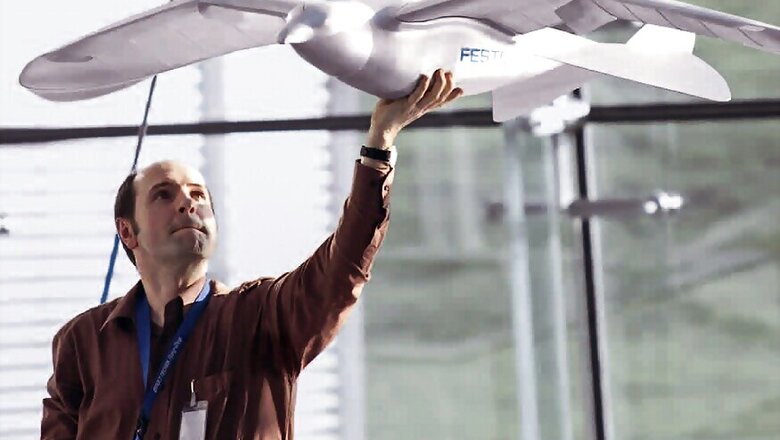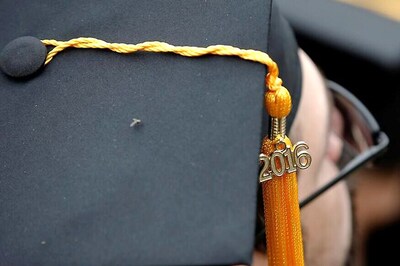
views
Beijing: China has deployed a flock of high-tech drones disguised to look like birds to step up surveillance levels in the troubled Muslim-majority Xinjiang region, according to a media report.
More than 30 military and government agencies have deployed the birdlike drones and other devices in at least five provinces in recent years, Hong Kong-based South China Morning Post reported.
Each drone is designed to move like a bird with flapping wings and carries on board a small camera that will beam images back to its controllers.
One part of the country that has seen the new technology used extensively is the Xinjiang Uygur autonomous region in China's far west, which borders Mongolia, Russia, Kazakhstan, Kyrgyzstan, Tajikistan, Afghanistan, Pakistan and India, the report said.
Resource-rich Xinjiang, bordering Pakistan-occupied Kashmir and Afghanistan, is on the boil for years following unrest among Uyghur Muslims over the increasing settlements of majority Han Chinese from other provinces.
It has witnessed some of the deadliest terror attacks in recent years which also spread to other parts of China. The attacks were officially blamed on the East Turkistan Islamic Movement (ETIM), a banned militant group linked to the al-Qaeda.
According to reports, the area is home to a large Muslim population and the Chinese government views this area as a "hotbed of separatism". As a result, the region and its people have been subjected to heavy surveillance from the central government.
"The new 'spy birds' programme, code-named 'Dove', is being led by Song Bifeng, a professor at Northwestern Polytechnical University in Xian, capital of northwestern China's Shaanxi province," the report said.
Sources have told the site that the drone programme is currently still only small-scale, but it could be developed to meet demand in both the civilian and the military sectors.
Unlike unmanned aerial vehicles with fixed wings or rotor blades, the new drones actually mimic the flapping action of a bird's wings to climb, dive and turn in the air.
Another researcher involved in the Dove project said the aim was to develop a new generation of drones with biologically inspired engineering that could evade human detection and even radar.
China is not alone in developing robotic birds, the report said.
In 2013, the US Army bought more than 30 drones from Florida-based Prioria Robotics that were designed to look like birds of prey, it said.
Their likeness to raptors was only cosmetic, however, as they were propelled by turbofans and their wings did not move.




















Comments
0 comment